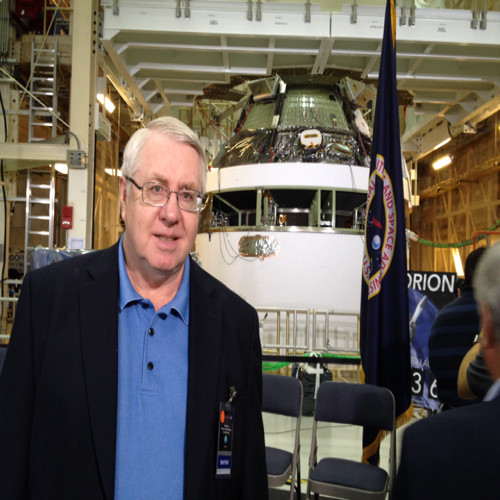Shuttle tank sensors an issue again in launch processing

 Editor’s note: the following story was posted on the Aviation Week and Space Technology website on 5 March 2006 – and was printed in the 6 March 2006 edition of the magazine. It is reprinted here with permission of the publisher.
Editor’s note: the following story was posted on the Aviation Week and Space Technology website on 5 March 2006 – and was printed in the 6 March 2006 edition of the magazine. It is reprinted here with permission of the publisher.
World News & Analysis
Shuttle Tank Sensors an Issue Again in Launch Processing
Aviation Week & Space Technology
03/06/2006, page 33
Craig Covault
Kennedy Space Center
Shuttle tank sensors an issue again in launch processing (Printed headline: ECOs of the Past)
The modified external tank for the next shuttle mission is starting a processing flow with no schedule margin, while engineers here assess issues that could affect NASA’s May launch target for Discovery, such as those with engine cutoff (ECO) sensors.
The external tank (ET) arrived at Kennedy Mar. 1, a week earlier than envisioned. This followed a Herculean effort to complete the tank by the Michoud, La., Lockheed Martin/NASA workforce, most of whom continue to suffer personal hardship from Hurricane Katrina.
Barged from Michoud, the ET is beginning processing flow that already has no margin to make a tentative May 10-22 launch target. Any significant problems would force launch no earlier than July. Normally, tanks arrive with 25-30 days of processing margin.
One concern is a potential problem with one of four hydrogen propellant engine cutoff sensors in the new tank, says Mike Leinbach, Kennedy shuttle launch director. The same system in two different tanks delayed Discovery’s initial return to flight last summer.
The wayward sensor is showing off nominal current readings. If the unusual readings prove to have a predictable value that can be accounted for during countdowns, the sensor would be viable for use. But if several tests show divergent readings, that could mean a time-consuming sensor changeout, Leinbach said. All four of the tank’s hydrogen ECO sensors must remain valid in the final phases of a launch countdown.
Wind tunnel data from tests on tank components just getting underway are also necessary to clear the tank for flight (AW&ST Feb. 27, p. 39).
The modified external tank for the next shuttle mission arrives at Kennedy from hurricane-ravaged Michoud, La. Wind tunnel tests continue on the tank modifications.Credit: NASA
THIS FOLLOWS removal of the tank’s protuberance air load (PAL) ramp foam, designed originally to deflect turbulent airflow away from small gaseous hydrogen and oxygen lines and a cable tray.
Although not yet a concern, engineers here will also investigate reports from the barge crew delivering the tank who thought they might have heard something rattling around inside the 154-ft. structure as the ship pitched through choppy seas en route to Kennedy. Wayne Hale, shuttle program manager, praised their vigilance, but also noted ships at sea make all sorts of noises.
A more significant issue is propulsion system concerns over a piece of tiny debris, about 0.8 mg. in weight, lodged in a debris screen upstream of Discovery’s engines. Technicians have been unable to retrieve the piece, raising questions about its composition and whether it could be a flammability hazard if it broke free in the oxygen environment.
NASA White Sands Test Facility, N.M., one of the world’s finest oxygen hazard research sites, has been running tests on the types of materials that could be involved, Hale said.
Those tests initially indicate that even if the piece is flammable, its mass is so tiny, it likely could only cause an inconsequential spark, even if it were to ignite within cryogenic oxygen flow, says Tim Wilson of the NASA Engineering and Safety Center.
Hale noted that although main-engine oxygen fires occurred on test stands in the past, the shuttle debris screens have caught and retained without incident many pieces of debris over the course of the program. Removing the debris has its own schedule and foreign-object damage implications, he said. Whether to leave it in place may turn out to be “a judgment call,” he said. Hale also said if Discovery can launch on STS-121 by July even, there’s a chance NASA could fly a total of three shuttle missions to the International Space Station this year.
Copyright 2006 Aviation Week and Space Technology. Reprinted with Permission.








